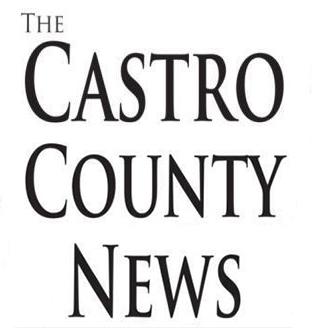West Texas A&M University is cementing itself as the primary resource for ensuring the resiliency of the global food supply chain, thanks to recently announced state funding.
As part of a record $1.19 billion in new spending approved by Gov. Greg Abbott for The Texas A&M University System, WT will receive $6 million to continue establishing the Center for Advancing Food Animal Production (CAFAP) in the Panhandle—$3 million per year over the next two years.
CAFAP enables WT students to specialize in animal health, animal care, animal nutrition and pre- and postharvest food science/food safety.
The annual economic impact of beef and dairy cattle in the Texas Panhandle exceeds $20 billion.
“WT has been committed to partnering with the State, The Texas A&M University System and Texas A&M University to address and solve issues related to the production of food, fuel and fiber,” said WT President Walter V. Wendler. “I am grateful to our elected officials for recognizing the important role WT faculty and students play in conducting research to prepare future leaders in our region, state and nation. The $6 million is an important investment in the commitment WT has made in the longrange plan WT125: From the Panhandle to the World to serve locally first and address issues of our region.”
The new funding will help ensure a steady and affordable supply of essential food products to consumers; address beef, dairy and pork producer needs; and optimize water-use technologies in the High Plains by funding an academic and industry team, with post-graduate students, to provide solutions.
The requested funding also will allow the Center to expand its nontraditional agricultural education services through partnerships with state and federal agencies, producer groups and local school districts.
“Beyond the training of University students in the classroom, WT’s exceptional faculty and facilities are used in partnership with youth organizations such as FFA, 4-H and educational camps, as well as commercial entities and industry groups for educational programs and events,” said Dr. Kevin Pond, dean of the Paul Engler College of Agriculture and Natural Sciences.
Pond said that WT, located in the heart of food animal production, has an obligation to serve the people and industries in this region.
“This funding helps meet the large and expanding number of students studying various aspects of food animal production and allows for additional research and personnel to meet the demands for efficiently and sustainably producing safe food,” Pond said.
In 2019, the 86th Legislature provided $4 million in funding to prepare undergraduate/graduate students, pre-veterinary students and post-DVM students for careers in all parts of the food animal industry in the heart of one of the most productive animal agricultural regions of the world.
The additional $6 million approved in June will allow for a 35 percent increase in undergraduate and graduate students training in beef, dairy and pork agriculture in WT’s Paul Engler College of Agriculture and Natural Sciences, as well as Texas A&M College of Veterinary Medicine’s Veterinary Education, Research and Outreach. VERO is the unique 2+2 veterinarian training program housed at both WT and Texas A&M University.
The funding also is expected to double the number of veterinary students receiving clinical and experiential training from WT and VERO faculty.
CAFAP has earned the support of Texas Cattle Feeders Association, Texas Association of Dairymen, Texas Pork Producers Association, Texas Veterinary Medical Association and High Plains Veterinary Medical Association, among other regional commercial food, meat processing and fabrication companies, and other agriculture producer groups.
CAFAP is one of several research facilities housed within WT’s Department of Agricultural Sciences, including the Caviness Meat Science and Innovation Center, which also incorporates the Beef Carcass and Research Center and the USDACattle and Carcass Grading Correlation Center; the WT Research Feedlot; and the Semi-Arid Agricultural Systems Institute.

